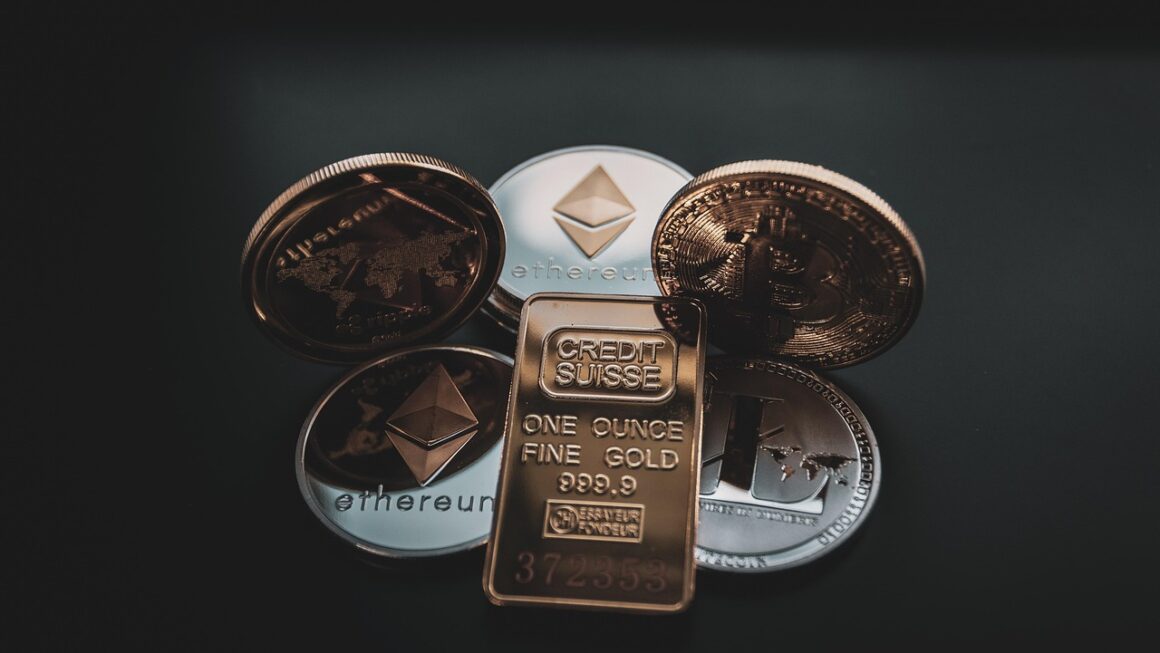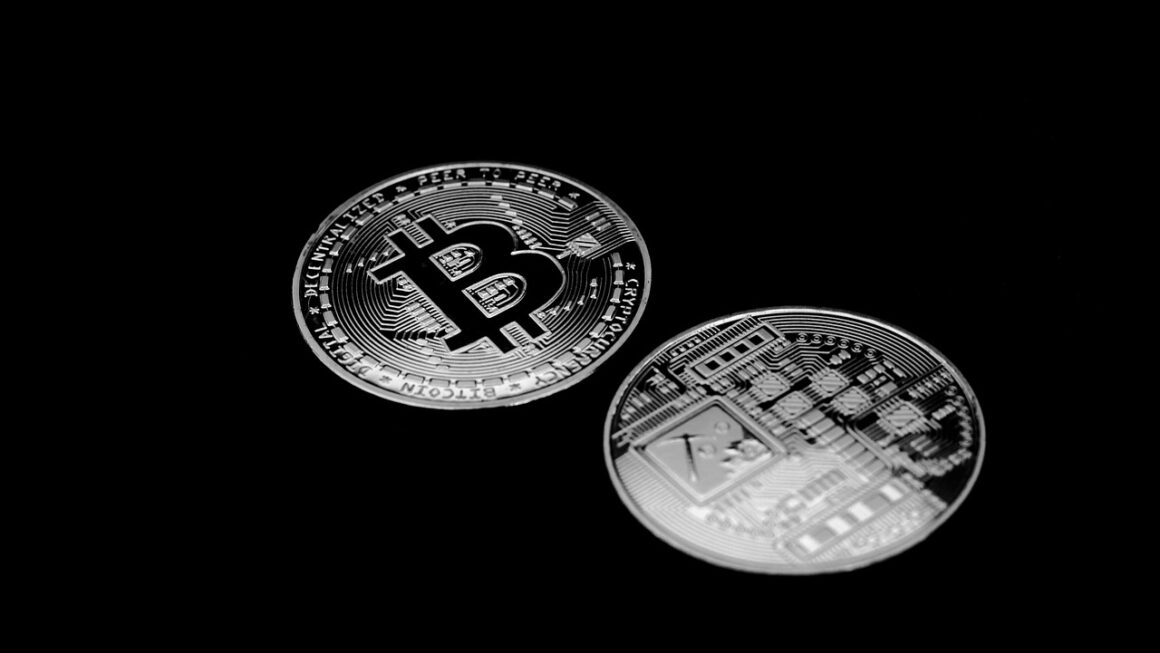Dogecoin: The Meme Coin That Became a Crypto Phenomenon
Dogecoin, initially created as a lighthearted internet joke, has defied expectations to become a prominent player in the cryptocurrency world. Its journey from a meme to a digital asset with a dedicated community is a fascinating story that continues to unfold. This blog post will delve into the history, mechanics, and future prospects of Dogecoin, providing a comprehensive overview for anyone interested in understanding this unique cryptocurrency.
What is Dogecoin?
Dogecoin (DOGE) is a cryptocurrency based on the popular “Doge” internet meme, which features a Shiba Inu dog. It was created in December 2013 by software engineers Billy Markus and Jackson Palmer as a satirical response to the proliferation of altcoins, aiming to be more accessible and fun than Bitcoin. While initially intended as a joke, Dogecoin quickly gained traction and developed a loyal following.
The Origins of Dogecoin
- Created as a Joke: Dogecoin was conceived as a parody of the cryptocurrency craze, using the widely recognized “Doge” meme to attract attention.
- Simplicity and Accessibility: Unlike some cryptocurrencies with complex algorithms, Dogecoin was designed to be easy to understand and use, appealing to a broader audience.
- Early Community Support: The Dogecoin community quickly formed around the coin, organizing charitable initiatives and using Dogecoin for tipping on social media platforms.
For instance, in 2014, the Dogecoin community raised over $50,000 to send the Jamaican bobsled team to the Sochi Winter Olympics.
Key Features of Dogecoin
- Scrypt Algorithm: Dogecoin uses the Scrypt algorithm, which is different from Bitcoin’s SHA-256 algorithm. This initially made it more resistant to ASIC mining, although ASIC miners for Scrypt have since been developed.
- Large Supply: Unlike Bitcoin’s limited supply of 21 million coins, Dogecoin has a large and uncapped supply. This means that new Dogecoins are continuously created, currently at a rate of roughly 5 billion per year.
- Fast Transaction Times: Dogecoin typically has faster transaction times compared to Bitcoin, making it suitable for small, everyday transactions.
Block times are around 1 minute, versus 10 minutes for Bitcoin.
- Inflationary Model: The uncapped supply and the annual emission rate mean that Dogecoin is an inflationary cryptocurrency, which differs from the deflationary nature of Bitcoin.
How Does Dogecoin Work?
Dogecoin functions on a decentralized, peer-to-peer network, similar to other cryptocurrencies. It uses blockchain technology to record transactions and ensure transparency. Miners play a crucial role in validating transactions and adding new blocks to the blockchain.
Mining Dogecoin
- Proof-of-Work (PoW): Dogecoin uses a Proof-of-Work consensus mechanism, where miners compete to solve complex cryptographic puzzles to validate transactions and earn rewards in the form of new Dogecoins.
- Merged Mining: Dogecoin is often merged-mined with Litecoin. This means that miners can simultaneously mine both Dogecoin and Litecoin, increasing the security of both networks.
Merged mining enhances Dogecoin’s security by leveraging the hashing power of the Litecoin network.
- Mining Rewards: Miners receive a fixed reward of 10,000 DOGE per block. This reward incentivizes miners to maintain the network and validate transactions.
Dogecoin Transactions
- Sending and Receiving: Dogecoin transactions involve sending DOGE from one digital wallet to another. Each transaction is recorded on the Dogecoin blockchain.
- Transaction Fees: Transaction fees on the Dogecoin network are typically low, making it an attractive option for small payments.
- Blockchain Explorer: You can use a Dogecoin blockchain explorer to view transaction details, block information, and wallet addresses.
Blockchain explorers like Blockchair or Dogechain.info allow anyone to audit the transparent history of Dogecoin transactions.
The Dogecoin Community and Culture
The Dogecoin community is one of the most vibrant and supportive communities in the cryptocurrency space. Its members are known for their generosity, humor, and dedication to the coin.
Community Initiatives and Philanthropy
- Charitable Giving: The Dogecoin community has a history of organizing charitable campaigns to support various causes.
Examples include raising funds for clean water projects in Kenya and sponsoring NASCAR driver Josh Wise in 2014.
- Tipping Culture: Dogecoin was initially used as a tipping mechanism on platforms like Reddit and Twitter, allowing users to reward content creators and express appreciation.
- Community Events: The Dogecoin community regularly organizes online and offline events to foster connections and promote the coin.
The Role of Memes and Social Media
- Memes as Marketing: The “Doge” meme remains a central part of Dogecoin’s identity, attracting new users and fostering a sense of community.
- Social Media Influence: Social media platforms like Twitter and Reddit have played a significant role in Dogecoin’s popularity, with influential figures and dedicated communities driving its adoption.
Elon Musk’s frequent tweets about Dogecoin have had a substantial impact on its price and public perception.
The Future of Dogecoin
The future of Dogecoin is uncertain, but its resilience and dedicated community suggest that it will continue to play a role in the cryptocurrency landscape. Several factors could influence its future trajectory.
Potential Developments and Upgrades
- Improved Scalability: Efforts are underway to improve Dogecoin’s scalability and transaction throughput.
- Security Enhancements: Ongoing development aims to enhance the security of the Dogecoin network.
- Utility Expansion: Expanding the use cases of Dogecoin beyond tipping and speculation could increase its long-term viability.
* Integrating Dogecoin into more e-commerce platforms or developing decentralized applications (dApps) could enhance its utility.
Risks and Challenges
- Volatility: Dogecoin is known for its high price volatility, making it a risky investment.
- Centralization Concerns: A significant portion of the Dogecoin supply is held by a small number of addresses, raising concerns about centralization.
- Competition: Dogecoin faces competition from other cryptocurrencies with more advanced features and technologies.
Conclusion
Dogecoin’s journey from a meme-inspired joke to a widely recognized cryptocurrency is a testament to the power of community and the unpredictable nature of the crypto market. While its future remains uncertain, the coin’s dedicated following, its low transaction fees, and ongoing development efforts suggest that Dogecoin will continue to evolve and adapt. Whether it becomes a mainstream payment system or remains a niche asset, Dogecoin’s story is a fascinating chapter in the history of cryptocurrency. It serves as a reminder that even the most unlikely projects can find success in the decentralized world of digital currencies, driven by innovation and the power of online communities.




